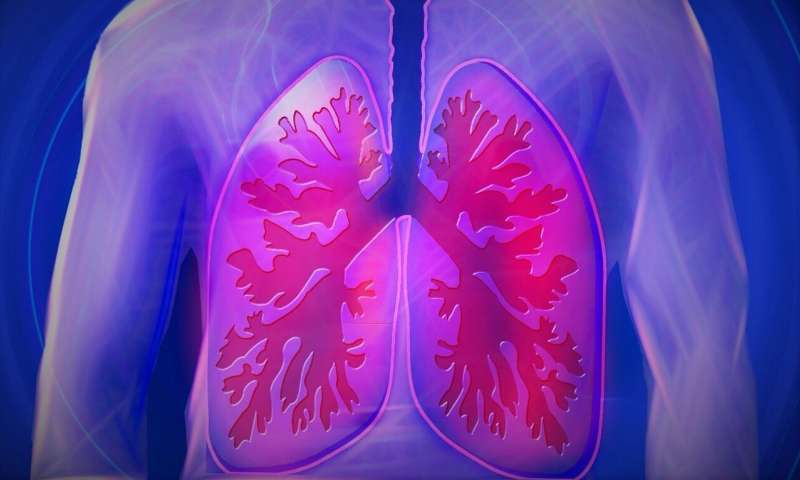A diagnostic lung test to identify patients at high risk of COVID-19 complications


A University of Toronto researcher is exploring a new diagnostic lung test that could identify COVID-19 patients who are at the greatest risk of severe illness and death.
The test promises to help emergency room staff quickly determine which patients have mild illness and which ones need more urgent care, thereby alleviating pressure on the health-care system.
“We know the big problem with the COVID-19 epidemic is that the majority of people are going to get it and most will be fine, and recover from it,” says Shaf Keshavjee, a professor of thoracic surgery at U of T who is director of the Toronto Lung Transplant Program and surgeon-in-chief at University Health Network (UHN), where he is also a program medical director of surgery and critical care.
“We need a better way to identify those most likely to get into trouble.”
The Canadian Institutes of Health Research is providing support for Keshavjee’s work as part of a national $54.2 mi … rch funding package.
“Once you know how severely someone will be affected, the second important thing you need to be able to do is triage patients within the emergency room in order to prevent overwhelming of the health-care system,” says Keshavjee.
The origins of the Rapid Acute Lung Injury Diagnostic test, or RALI-Dx, are devices designed to measure the lung quality of donor lungs for patients in need of lung transplantation. That test was originally designed by Keshavjee and his team to provide a personalized medicine approach to organ assessment for transplant.
Now, as a result of the funding to Keshavjee and UHN, the research will focus on how the 40-minute test can identify patients at the highest risk of lung failure due to COVID-19, so health-care teams can connect those patients to the most appropriate treatment pathways.
“What kills the patient in SARS and in COVID-19 isn’t necessarily the virus itself—it’s sometimes the host’s response to the virus,” Keshavjee says.
“The hosts that have an exaggerated inflammatory response are the ones that are going to get really sick. The ones who don’t have an exaggerated response are going to feel badly, but they can go home and self-isolate and get better.”
Here’s how the test works. Health-care providers take a blood draw from patients who arrive in the emergency room with symptoms of a flu-like illness. The blood then goes to a microbiology lab in the hospital. In the lab, the plasma is spun off and squirted onto a plate, providing health-care providers with a result that shows the extent of an inflammatory injury of the lung.
The diagnostic information can then be used to determine which patients are in need of more urgent care and should be admitted to hospital, and which patients can be discharged to self-isolate at home, thereby preventing the health-care system from becoming overloaded.
“Everyone is in a race to get a test that will diagnose the virus faster, and the presence of the virus faster. But what we are looking at is the impact of the virus, or the implication, in terms of helping clinicians decide what might happen next with a particular patient,” Keshavjee says.
Keshavjee says the test, which is being further developed in partnership with the Toronto-based company SQI Diagnostics, is a reflection of the overall move towards personalized medicine.
“What we set out to do is to bring personalized medicine or rapid diagnostics to the field of donor organ management in assessing lungs for transplant,” says Keshavjee. “We set out to develop a test to diagnose problems with donor lungs and predict which ones would have a good outcome and which ones wouldn’t.”
He adds that RALI-Dx was created to deliver results in an accelerated way—within minutes, not hours or days, like other molecular diagnostic tests. Ultimately, Keshavjee would like to be able to get the results within 10 minutes.
Source: Read Full Article